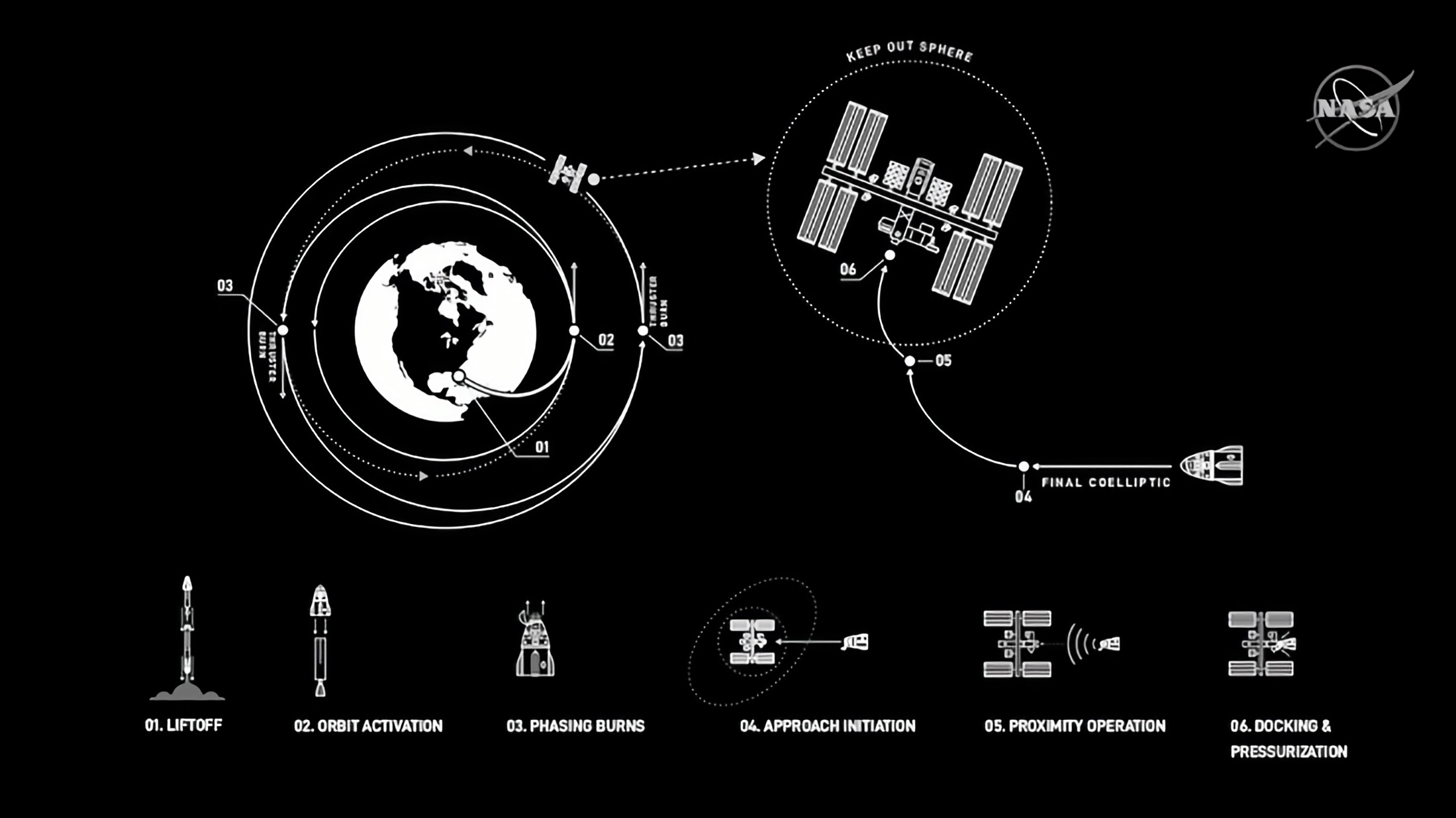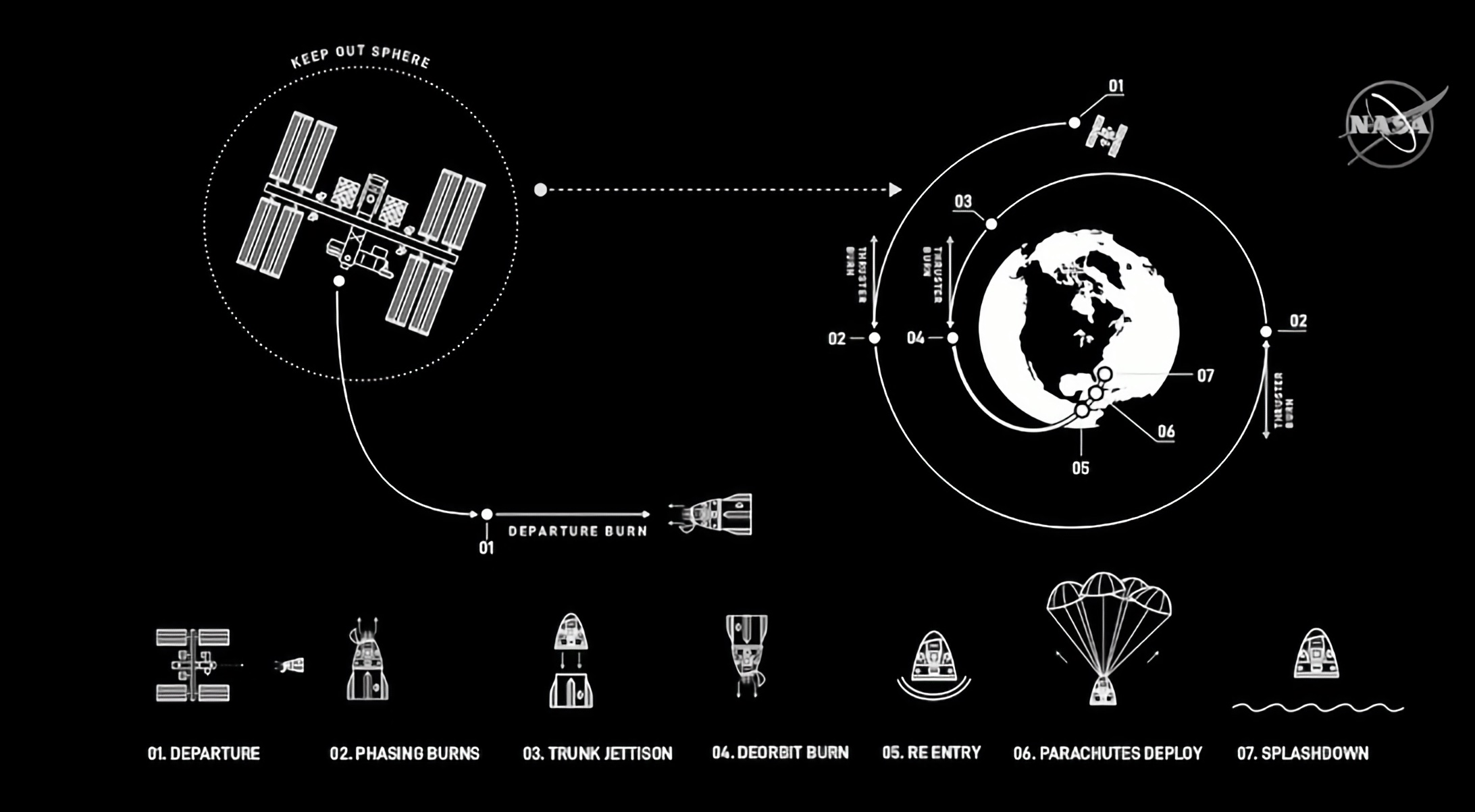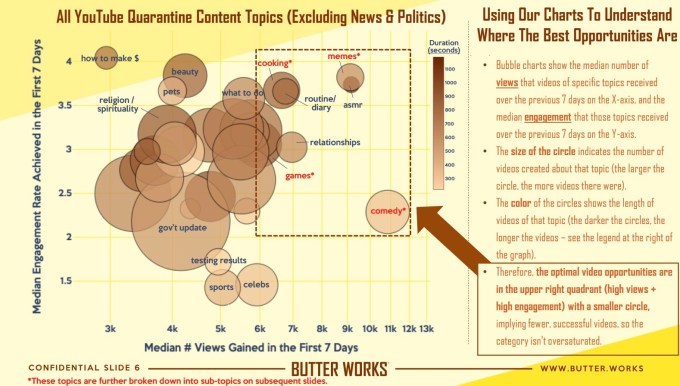Customs is the sieve of international supply chains. And yet despite its critical role, clearing customs for freight brokers can be a slow and opaque process reliant on manual data entry and prone to errors.
Silicon Valley-based KlearView has developed a platform that aims to bring customs clearance into the digital age. Now, with $16 million new funding, Klearview aims to expand its geographic reach and to improve its product to cover increasingly complex export-import verticals and time-sensitive shipments.
The company is has certification to handle any import into the U.S., no matter what the commodity is. Klearview is close to getting certified in Canada and UK, and plans to expand to Netherlands, Belgium, Spain and Germany. Klearview has about two dozen customers.
The Series A funding round was led by GreatPoint Ventures with additional participation from Autotech Ventures, Argean Capital and Monta Vista Capital . Ashok Krishnamurthi, managing partner at GreatPoint Ventures, will join KlearNow’s board. Daniel Hoffer from Autotech Ventures joining as a board observer.
“This is a significant opportunity to transform an archaic industry that is key to global commerce,” Krishnamurthi said in a statement.
The freight ecosystem is filled with different players from the factories and port authorities to the ship lingers and the last-mile delivery companies. Each of them have their own systems.
“There’s no one system that you can transmit the data to,” KlearView founder and CEO Sam Tyagi said in a recent interview. “So everybody dumps technology down to a PDF or a PNG or some sort of format that everybody can read. The broker gets those documents, and then they print it out — so now they become non-digital.”
If you go to any customs brokers office they look like the old doctor’s office where all those folders are there with nicely arranged, really organized but very manual process,” he added. From here, Tyagi said, a broker will read off from those printed out documents and type the information into another system that is communicated to Customs and Border Patrol’s system.
“It is very manual, it’s very small, and they work in a siloed system,” Tyagi said. “There is no visibility for the customer, or the importer and it’s very costly because of the manual intervention.”
KlearNow developed a digital customs clearance platform that aims to be agnostic. This allows importers, customs brokers and freight forwarders to integrate with local customs authorities and conduct business on a single digital platform remotely and in real time. The platform automates this process to eliminate errors and reduces the time to clear customs. KlearView says it can slash customs clearance times from hours to minutes.
The startup is also betting that its platform will find new customers in this remote work era that was caused by the COVID-19 pandemic. Custom brokers, who might normally travel into central offices and manage physical paperwork, are now faced with completing that task from home.
“Remote work is impossible for these people,” because they often need to access large format printers, Tyagi said.
The company said its digital platform can funnel new clients, like these newly remote workers, directly to brokers for global customs clearance.
Tyagi said the company has also added new capabilities in response to COVId-19, such as expediting their FDA module to clear much-needed medical supplies and is temporarily offering free clearance for non-profit organizations that are importing masks, hand sanitizers, and ventilators.



 Once docked, Crew Dragon will pressurize and the hatch will open so the astronauts can board and carry on their mission with their colleagues on the station. On board the ISS, Benhken and Doug will perform duties including conducting experiments and running maintenance on the orbital research platform, before they eventually depart by climbing back into Crew Dragon, undocking, jettisoning the “trunk” or cargo compartment of the capsule, performing a deorbit burn to get into reentry position and then deploying parachutes once in the Earth’s atmosphere to slow their final descent into the Atlantic Ocean. From departure to splashdown should take approximately 24 hours.
Once docked, Crew Dragon will pressurize and the hatch will open so the astronauts can board and carry on their mission with their colleagues on the station. On board the ISS, Benhken and Doug will perform duties including conducting experiments and running maintenance on the orbital research platform, before they eventually depart by climbing back into Crew Dragon, undocking, jettisoning the “trunk” or cargo compartment of the capsule, performing a deorbit burn to get into reentry position and then deploying parachutes once in the Earth’s atmosphere to slow their final descent into the Atlantic Ocean. From departure to splashdown should take approximately 24 hours. Other logistics details shared by the teams performing the mission include that the crew will enter a mandatory quarantine beginning on May 16 and lasting until the mission date, and that mission control crew who need to be on site for the launch will be observing a six-foot distancing rule because of COVID-19, and control stations have been arranged to make this possible.
Other logistics details shared by the teams performing the mission include that the crew will enter a mandatory quarantine beginning on May 16 and lasting until the mission date, and that mission control crew who need to be on site for the launch will be observing a six-foot distancing rule because of COVID-19, and control stations have been arranged to make this possible.
